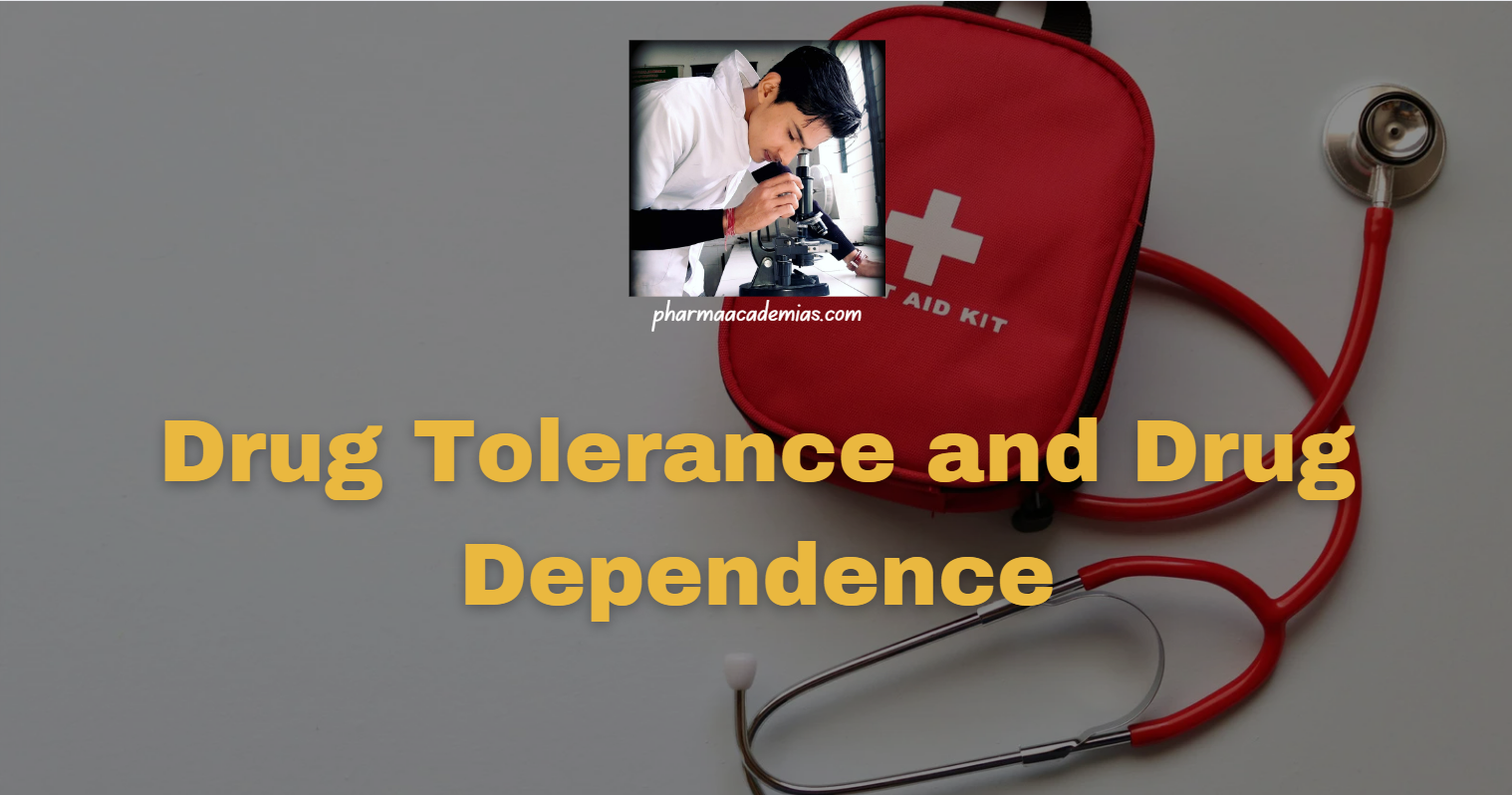Tolerance is a phenomenon in pharmacology characterized by a diminished response to a drug after repeated or prolonged use. In other words, as the body adapts to the presence of a drug, a higher dose is required to produce the same initial effect. Tolerance can develop to various effects of a drug, including therapeutic effects, side effects, and toxic effects.
Key Aspects of Tolerance
1. Mechanisms of Tolerance
– Pharmacokinetic Tolerance: This type of tolerance results from changes in the absorption, distribution, metabolism, or excretion of a drug. For example, increased drug metabolism by the liver can lead to reduced drug concentrations in the bloodstream.
– Pharmacodynamic Tolerance: This type of tolerance occurs at the cellular or receptor level, where the responsiveness of the target cells or receptors diminishes. Receptor downregulation or desensitization is a common mechanism.
2. Types of Tolerance
– Acute Tolerance: Develops rapidly, often within a single administration of the drug.
– Chronic Tolerance: Develops over time with repeated drug exposure.
3. Cross-Tolerance
– Cross-tolerance occurs when tolerance to one drug confers tolerance to another drug with a similar mechanism of action. For instance, individuals tolerant to one opioid may exhibit tolerance to other opioids.
4. Behavioral Tolerance
– Behavioral tolerance refers to adaptations in an individual’s behaviour that minimize the apparent effects of a drug. This may involve learned behaviours or compensatory responses.
Factors Influencing Tolerance
1. Drug Characteristics
The pharmacokinetic and pharmacodynamic properties of a drug influence the likelihood and extent of tolerance. For example, drugs with a short half-life may exhibit more rapid tolerance development.
2. Dose and Frequency of Administration
Higher doses and more frequent drug administration often lead to more pronounced tolerance. Chronic use of a drug can result in the body’s adaptation to its presence.
3. Individual Variability
Genetic factors, age, sex, and overall health can contribute to individual differences in the development of tolerance.
Examples of Tolerance
1. Opioid Tolerance
Individuals using opioids for pain relief may develop tolerance to the analgesic effects. Higher doses are then required to achieve the same level of pain relief.
2. Alcohol Tolerance
Chronic alcohol consumption can lead to tolerance, necessitating increased alcohol intake to achieve the desired level of intoxication.
3. Caffeine Tolerance
Regular caffeine consumers may develop tolerance to the stimulating effects of caffeine, leading to the need for higher doses to experience the same level of alertness.
Drug Dependence
Drug dependence refers to a condition in which an individual’s body has adapted to the regular presence of a drug, leading to the development of physical and/or psychological reliance on that substance. Dependence can manifest as both physical and psychological components, and it is a key factor in the development of addictive behaviours.
Key Aspects of Drug Dependence
1. Physical Dependence
– Definition: Physical dependence involves the development of physiological adaptations to a drug. Withdrawal symptoms occur when the drug is reduced or discontinued.
– Examples: Opioids, benzodiazepines, and alcohol can induce physical dependence, leading to withdrawal symptoms such as tremors, nausea, and anxiety.
2. Psychological Dependence:
– Definition: Psychological dependence refers to the emotional and mental reliance on a drug to produce pleasure or relieve discomfort. It involves cravings and a perceived need for the drug to cope with stress or to experience pleasure.
– Examples: Stimulants like cocaine or amphetamines may lead to psychological dependence due to their euphoric effects.
3. Tolerance and Dependence Relationship:
– Tolerance: Tolerance and dependence are related but distinct concepts. Tolerance involves a reduced response to a drug over time, while dependence implies reliance on the drug for normal functioning. Tolerance often coexists with physical dependence.
4. Withdrawal Syndrome:
– Definition: Withdrawal syndrome is a set of physiological and psychological symptoms that occur when drug use is reduced or discontinued after a period of regular use.
– Examples: Symptoms can range from irritability and insomnia to more severe manifestations like seizures and hallucinations, depending on the drug.
Types of Drug Dependence
1. Substance Use Disorder (SUD)
– Definition: Substance Use Disorder is a clinical diagnosis that encompasses a range of behaviours related to the use of drugs or alcohol, including impaired control, cravings, and continued use despite negative consequences.
2. Physical vs. Psychological Dependence
– Physical dependence is evident when withdrawal symptoms occur upon cessation of drug use.
– Psychological dependence is characterized by a strong emotional and mental reliance on the drug for various reasons, such as coping with stress or seeking pleasure.

